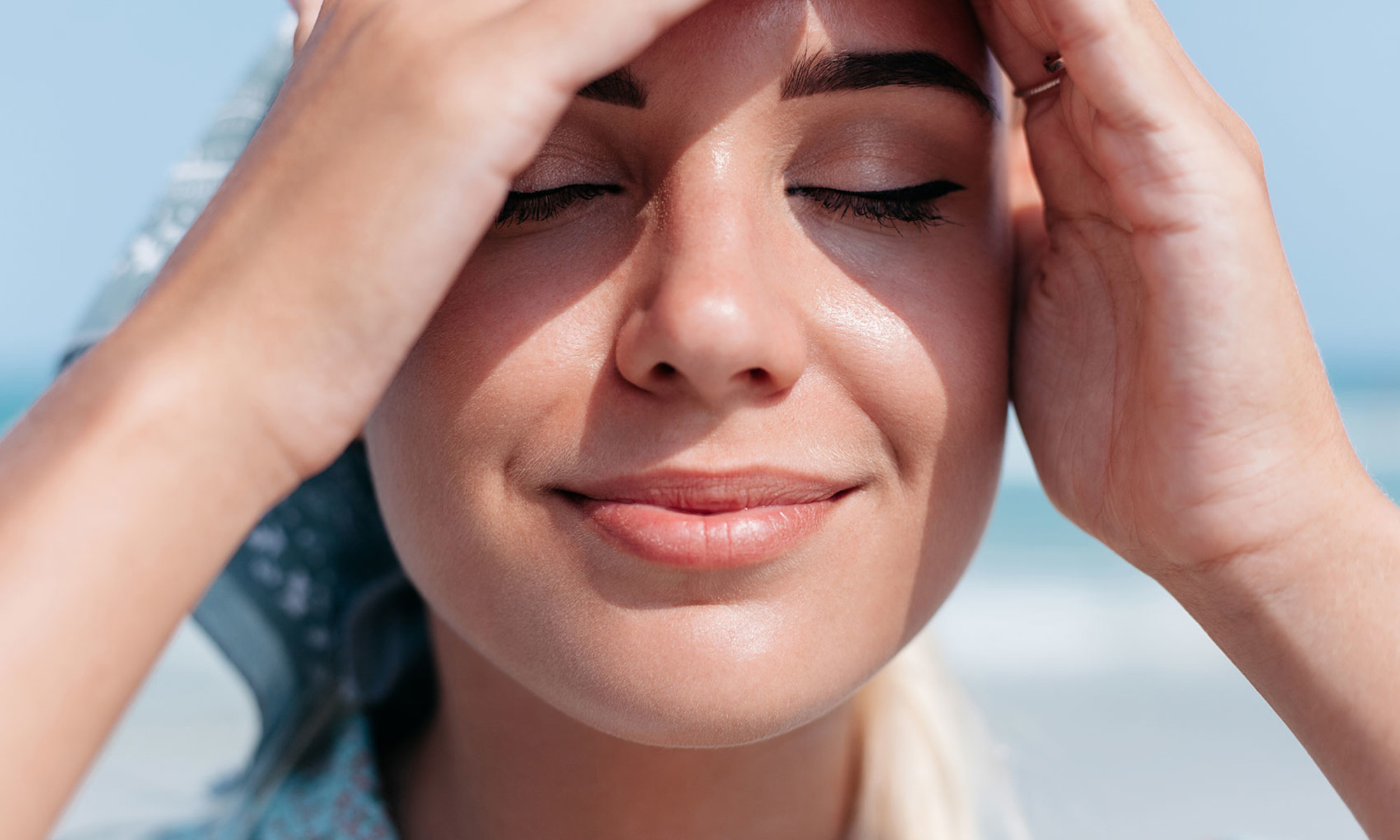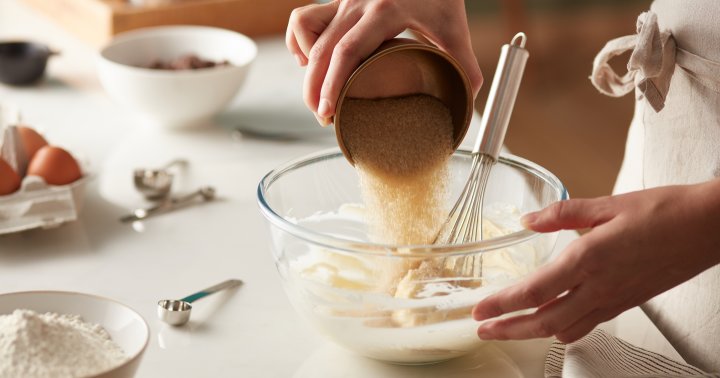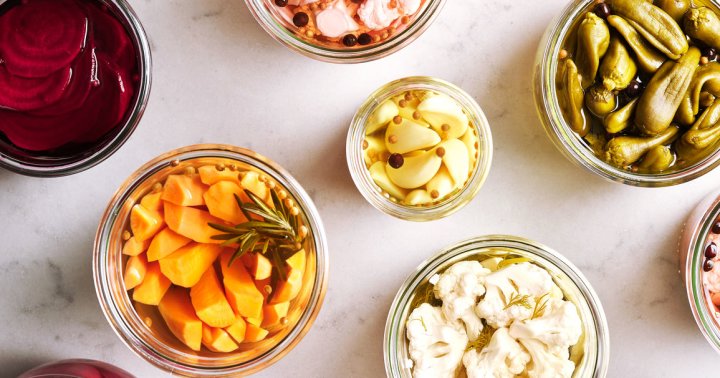Reaching Optimal Vitamin D Levels Can Reduce Breast Cancer Risk By 50%
It's a little complicated, of course.

Image by Viktor Solomin / Stocksy March 15, 2023 Our editors have independently chosen the products listed on this page. If you purchase something mentioned in this article, we may It’s concerning enough that more than 40% of American adults1 meet the criteria for a clinical insufficiency in vitamin D (and a whopping 29%2 are straight-up deficient in the essential vitamin). But, disturbingly, a 2017 Breast Cancer review shows that up to 96%3 of people diagnosed with breast cancer are also deficient in vitamin D. Vitamin D is known for a range of health benefits, so it’s understandable to wonder about your breast cancer risk as it relates to your vitamin D levels. But it’s important to note upfront that, while the association between vitamin D and breast cancer risk exists, the research is not conclusive at this point. Meaning, there’s nothing that says having lower vitamin D levels causes breast cancer—there’s just an association. Here’s what we know right now.
Advertisement
This ad is displayed using third party content and we do not control its accessibility features.
The relationship between vitamin D status & breast cancer risk.
Some studies show a specific association between circulating vitamin D—i.e., 25(OH)D serum vitamin D levels—and breast cancer risk. For example, a 2015 study published in Breast Cancer Research and Treatment found that women who had circulating vitamin D levels below 20 ng/ml had a 27% higher risk4 of breast cancer than those with sufficient vitamin D levels. (Worth noting: Clinical vitamin D deficiency is defined as levels below 20 ng/ml, while vitamin D sufficiency is defined as levels above 30 ng/ml5.)
A meta-analysis published in Anticancer Research found that a circulating vitamin D level of 47 ng/ml lowered breast cancer risk by 50%6, suggesting that levels even above 30 ng/ml are the goal.
But, again, this association is still being studied at this point. “Research has shown that there is a relationship between low vitamin D and breast cancer risk,” explains Brian Czerniecki, M.D., Ph.D., chair of the department of breast oncology at Moffitt Cancer Center. “However, data is lacking when showing that high levels are protective. More research is needed, and where vitamin D falls into the risk analysis is still unclear at this point.” Still, he says, vitamin D deficiency “may be one of multiple factors raising the risk of breast cancer.”
How to reach and sustain optimal vitamin D levels.
Recommendations around vitamin D intake are a little confusing. While the recommended dietary allowance (RDA) from the National Academies for vitamin D is 600 IU for most healthy adults, some research7 suggests that you need a minimum of 3,000 IU of vitamin D3 a day to get a total serum 25(OH)D (the clinical biomarker of your body’s vitamin D status) of 30 ng/ml, aka clinical sufficiency. Some leading wellness experts suggest that 30 ng/ml is still well below truly optimal vitamin D levels (i.e., 50 ng/ml).
“There’s a lot of information suggesting that 600 IU—the current RDA for vitamin D—isn’t enough to optimize your vitamin D status,” says Samantha Cassetty, M.S., R.D., a nutrition and wellness expert and co-author of Sugar Shock. It’s possible to get vitamin D from salmon, egg yolks, certain mushrooms, and fortified milk, but many plant-based milks aren’t fortified to the same degree as cow’s milk. As a result, “vegans and vegetarians are at higher risk for vitamin D insufficiency,” Cassetty says. Even if you eat animal products, it’s hard to get enough vitamin D from food and exposure to sunlight (another vitamin D source) alone.
Ultimately, “most people tend to need a supplement for vitamin D,” says Jessica Cording, M.S., R.D., CDN, registered dietitian and author of The Little Book of Game-Changers. When selecting a vitamin D supplement, Cording recommends looking for one with vitamin D3. “It’s the most absorbable form,” she says, adding that she especially likes formulations that include plant-based fats, like olive oil, avocado oil, or flax oil.
As for dosage? Leading health experts recommend 5000 IU daily to reach truly optimal vitamin D status. “Factor in the vitamin D you’re getting from all sources, such as your multivitamin and calcium supplements,” Cassetty says. (To find a supplement that meets all of these criteria, check out mindbodygreen’s roundup of best vitamin D supplements.)
Advertisement
This ad is displayed using third party content and we do not control its accessibility features.
The takeaway.
There is an association between vitamin D status and breast cancer, but it’s not a definitive link at this point.
If you’re concerned about your vitamin D levels, talk to your doctor. They should be able to do a simple blood test to see where you stand and can make recommendations on how to increase your daily vitamin D intake from there.
Advertisement
This ad is displayed using third party content and we do not control its accessibility features.

 KickT
KickT 































